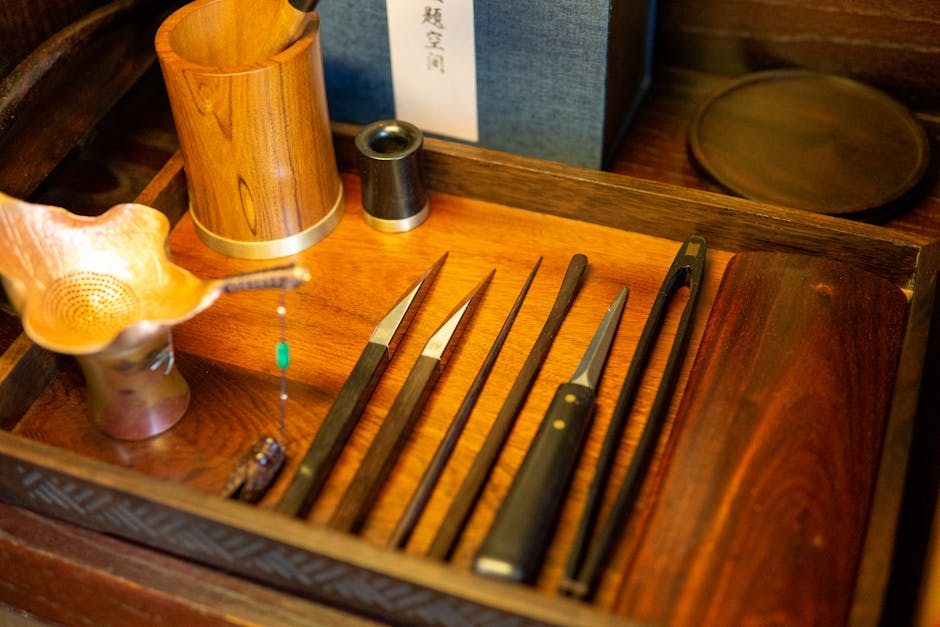
As a curator of crafts, I've always been fascinated by how ancient traditions find new life in the contemporary world. There's a particular magic when exquisite craftsmanship transcends its historical context to meet modern sensibilities. This is precisely the spirit captured in a recent delightful development: the pairing of Japan's revered Arita ware with modern culinary treats like parfaits and gateau chocolat. It represents not just a meal, but a profound and new challenge for traditional craft.
The Enduring Legacy of Arita Ware
For centuries, Arita ware has stood as a beacon of Japanese ceramic artistry. Originating in the town of Arita in Saga Prefecture around the early 17th century, it holds the distinction of being Japan's first porcelain. Its history is one of innovation, marked by the discovery of kaolin clay suitable for porcelain production, leading to the creation of pieces renowned for their pristine white bodies, delicate translucence, and vibrant, often intricate, overglaze enamel decorations.
The artisans behind Arita ware are inheritors of a profound legacy. Their exceptional skills are evident in every stage of creation: from the meticulous preparation of the unique porcelain clay, the precision of the hand-forming, to the masterful application of glazes and the exquisite hand-painting of motifs. These designs, often depicting natural scenes, auspicious symbols, or geometric patterns, are applied with a steady hand and an artist's eye, transformed into permanent beauty through multiple high-temperature firings. This commitment to materials and technique is what gives each piece its distinctive luster and durability.
A Modern Palate Meets Traditional Elegance
Now, imagine these magnificent ceramic vessels, traditionally used for formal tea ceremonies or grand banquets, presenting a vibrant, layered parfait or a rich, decadent gateau chocolat. This innovative approach is more than just serving dessert; it's about creating an entire sensory experience. The pristine canvas of Arita ware elevates the visual appeal of these modern sweets, turning them into edible works of art. The subtle sheen of the porcelain, the delicate curve of a bowl, or the elegant lift of a plate provides a striking contrast to the vibrant colors and textures of the culinary creations.
This fusion beautifully illustrates how traditional craft can fit seamlessly into modern life. It's about appreciating the beauty of heritage in a functional, enjoyable way. The experience of savoring a contemporary dessert from a piece of Arita ware bridges generations, connecting the meticulous artistry of the past with the culinary trends of today. It transforms a simple indulgence into a moment of cultural appreciation.
Embracing the New Challenge
This initiative truly embodies a "new challenge" for traditional craft. In an era of mass production, ensuring the continued relevance and appreciation of handmade artistry is paramount. By partnering with modern gastronomy, Arita ware artisans are demonstrating the versatility and timeless appeal of their craft. It's a bold step that invites new audiences, especially younger generations, to engage with and cherish traditional Japanese artistry not just as museum pieces, but as integral parts of their contemporary lifestyle.
This thoughtful adaptation helps to preserve the skills and stories behind Arita ware, ensuring that the legacy of its artisans, their exceptional skills, and their unwavering commitment to materials continue to inspire and delight for centuries to come. It is a testament to the enduring power of craft to evolve and thrive.
Comments
Post a Comment